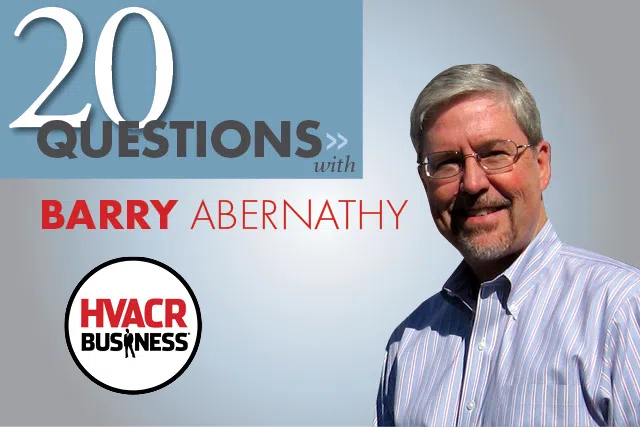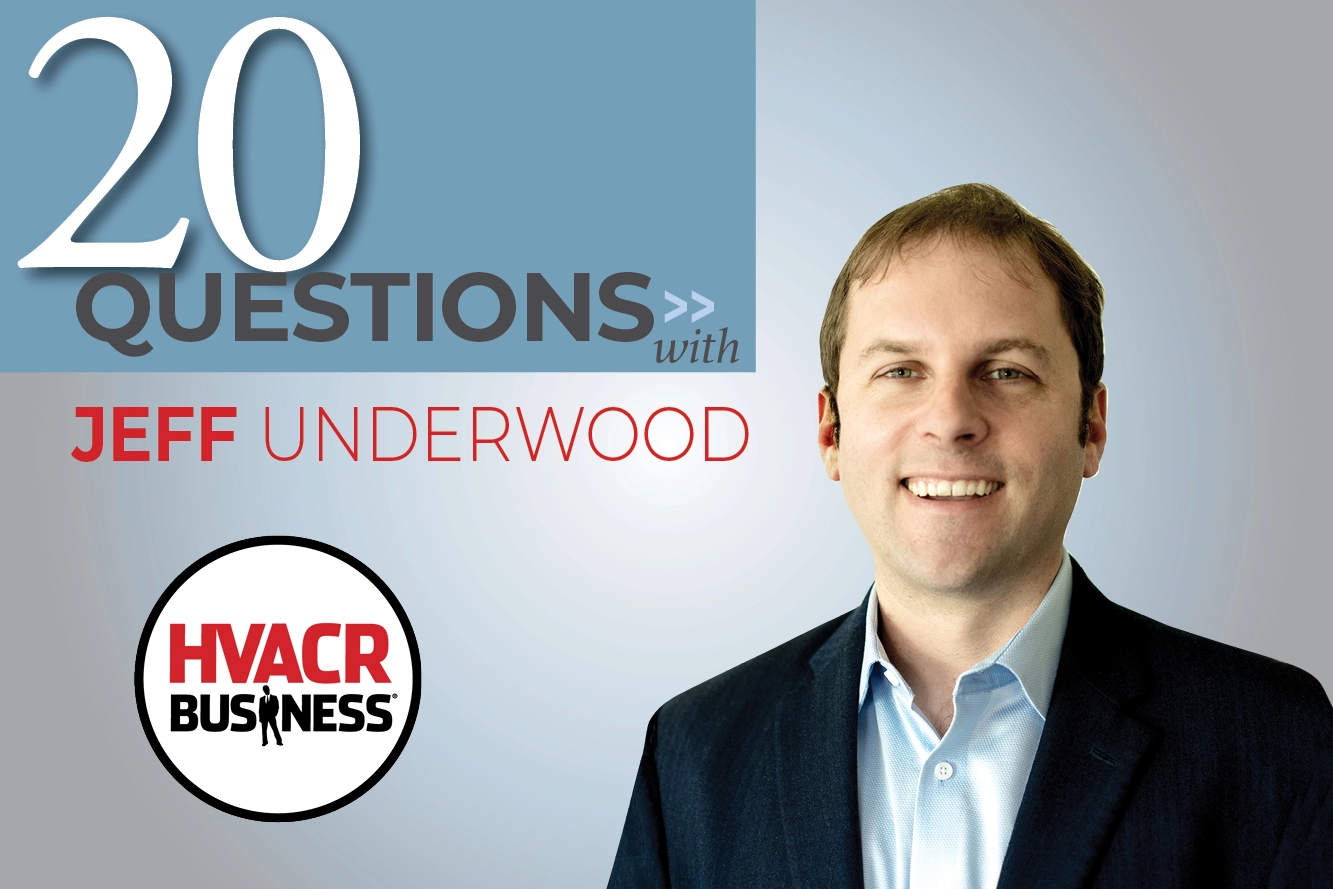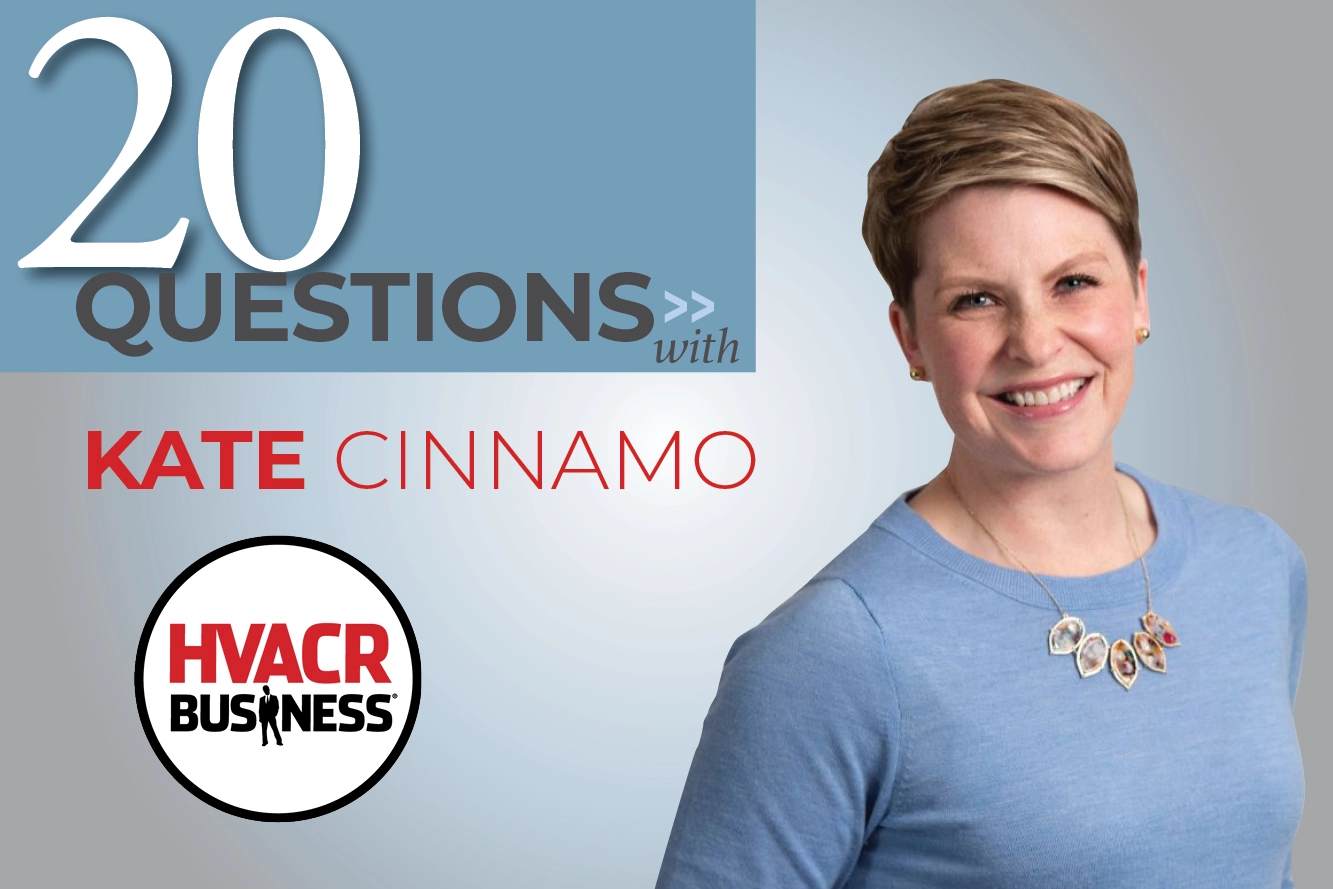HVACR Business Publisher Terry Tanker recently met with Barry Abernathy, owner of E. Smith Heating and Air Conditioning, Marietta, Ga. Abernathy discussed training, financing, fleet management, fishing and dining.
1. What is your favorite hobby?
I love to play golf. I'm a high handicapper, but it helps me to relax and I enjoy the time outdoors with good friends. My game is improving and I had a hole-in-one this year.
2. What are your three favorite restaurants in Atlanta?
We enjoy Houston's for special occasions, Aspens for a late night meal and Ritter's, a small neighborhood place where you run into your friends.
3. What is the most recent book you've read?
Ordinary Heroes by Scott Turow.
4. What is the business mix at E. Smith?
Sixty-five percent is new construction commercial hvac. Thirty-five is retail work, which we define as any work direct for the owner. This includes service work and retro-fit.
5. What are your average revenues per employee?
For 2005 it was just under $160,000 per person.
6. In your residential replacement business, what companies do you use for your consumer financing?
We primarily use American General Finance. They have a special program set up through our state hvac association and we also use the Carrier retail credit program.
7. What local, state and national trade associations do you belong to?
Locally, we are members of the Heating and A/C Association of Cobb County; on the state level we are charter members of the Conditioned Air Association of Georgia; and I also participate with the State Codes Advisory Committee.
8. You've worked with state legislators — has it paid off for you?
We have a number of friends at the Capitol who have been a great help in passing beneficial legislation regarding business license fees, contractor licensing and job permits to name a few. The bill allowing a single business license alone saves us thousands of dollars a year, not to mention a ton of paperwork.
9. How do you integrate a residential and commercial contracting company under one roof?
We have key people that specialize on each side. They run their departments almost as separate companies. But even though they have their own concerns, they understand the "big picture," and they work closely to use our resources most efficiently. As we have grown, we actually moved our retail operation into their own building, so they have a greater feeling of independence.
10. What is your best customer service story?
A number of years ago, we replaced a furnace for a long-time customer. While working in the basement, the technician unplugged the homeowner's freezer and forgot to plug it back in when the work was done. Needless to say after a long weekend the homeowner noticed a problem. To make a long story short, the freezer was full of salmon that the husband had caught in Alaska and had shipped back home. Monday morning, we immediately sent a crew out to remove the freezer and then delivered a new freezer to the home. We also gave the customer a check to replace the value of the fish. The best part is, those folks are still customers today.
11. What is your best fish story?
We have a company tradition of an annual fishing trip to Florida. In 1995 we took a short deep-sea trip out of Destin a few days before hurricane Opal blew in. I'll never forget those sights and sounds as the guys voted to head back in.
12. How many dollars do you invest in training each year and why is training so important?
We have spent between $30,000 to $35,000 each of the last few years for specialized training. This does not include our in-house training programs. We do this because keeping up with changing technology is crucial for us. Not only from a technical perspective, but knowing more about the features of a product helps our sales team. We also spend time in training on "people skills" for everyone in the company.
13. How many hours of company-paid training do you provide annually per employee?
This varies by job description. It may be as high as 80 hours or as little as two, depending on our needs at the time.
14. What convinced you to start doing it?
I can't recall a time that we did not believe in training, but when we moved toward getting our techs and residential installers NATE-certified in 2002, we put a renewed emphasis on it at all levels.
15. How many fleet vehicles do you own?
Thirty-four.
16. How many do you replace annually?
We keep our pickup and box trucks seven to eight years and rotate our service cargo vans every four years.Yes, our expenditures on fuel have doubled in the last three years.
17. Have fuel prices impacted you significantly?
No. We had a 10-year old passive GPS system, which we did not utilize very well. We are currently researching this again to see if the time is right for us to get back into it.
19. What advice do you have about working in a multi-generation business?
Several things have worked for us. First, I recommend that family members work outside the family business for a while so they have a broader view. Second, family members who enter the business need to work their way up and learn all they can and earn the respect of their co-workers. Finally, you need to be able to leave work at the office and separate business from family time.
20. What software operating system?
We use the MAS90 accounting package from Sage Software with Automated Service module from Ascent Business Systems.






